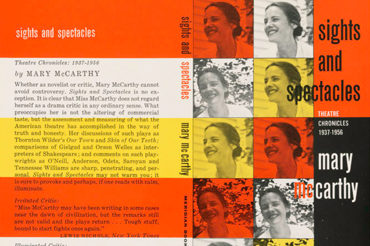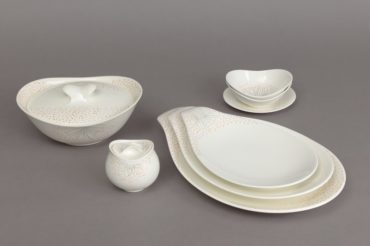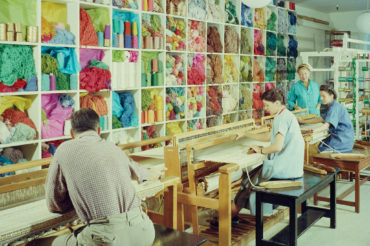Women in Design
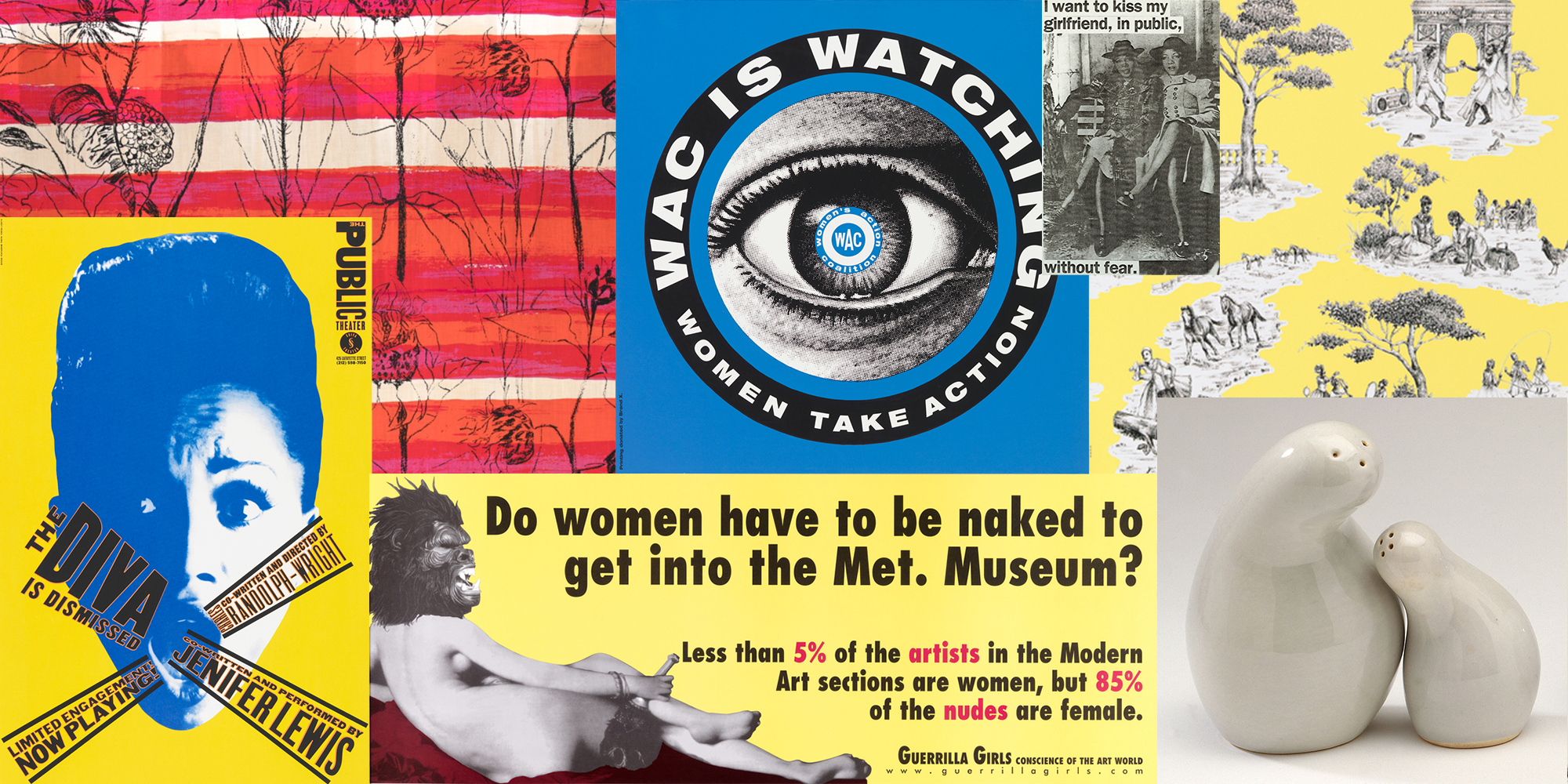
Women have always been influential voices in design. Working in disciplines as varied as graphic design, product design, and textile design, women designers have greatly enriched their respective fields. However, from the anonymity of domestic craft to traditionally male-dominated fields, such as industrial design and architecture, women have routinely been excluded from the story of design. Equal access to art and design education was a cause championed by Sarah and Eleanor Hewitt, who established the museum of decorative arts that became the Cooper Hewitt, Smithsonian Design Museum. Carrying on that legacy, this Design Topic features a selection of remarkable women in design from the museum’s collection.
Explore women in design below through individual designers, design disciplines, and Cooper Hewitt’s past exhibitions.
Learn more about the design objects featured in the banner image above.
Featured Designers
Alice Cordelia Morse
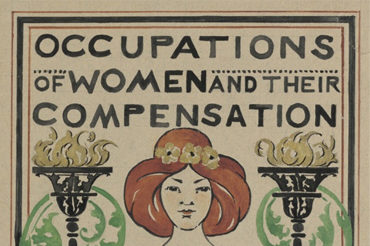
A prominent artist of the Arts and Crafts movement, Alice Cordelia Morse (American, 1863–1961) started her career as a glass painter for the firm of Louis C. Tiffany before returning to The Cooper Union for postgraduate training in art and design. She began designing book covers in the late 1880s and quickly became one of the most sought-after artists in the field.
Aliki van der Kruijs
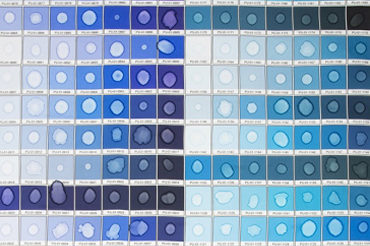
Aliki van der Kruijs (Dutch, born 1984) has a studio in The Hague, the Netherlands and works on self-initiated projects, collaborations, and commissions that juxtapose her interdisciplinary background in applied art. Interested in the relationship between humans and nature, she has invented a special technique to record the falling of raindrops on textiles and porcelain.
Althea McNish
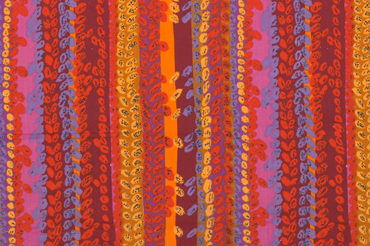
Born in Trinidad and Tobago, Althea McNish (British, 1924–2020) moved to London and studied textile design at the Royal College of Arts. After graduating, she began designing furniture fabrics for Liberty. Known for her unprecedented combinations of patterns and colors, McNish helped introduce the Caribbean aesthetic to an international audience.
April Greiman
![Abstract, collage-like poster with [Your Turn, My Turn, 1983] printed in large red letters across the center. Most of the poster is rendered in offset red and blue, giving the effect of a technological glitch.](https://www.cooperhewitt.org/wp-content/uploads/2022/03/April-Greiman-Women-in-Design-Block-370x246.jpg)
Trained at the Kansas City Art Institute, April Greiman (American, born 1948) continued her studies at the Kunstgewerbeschule in Basel, Switzerland. Establishing a studio in Los Angeles, California, in 1976, she became the leading figure of the emergent “NEW WAVE” design movement. Greiman’s transmedia approach to design juxtaposes typography, photography, and other elements.
Dorothy Liebes
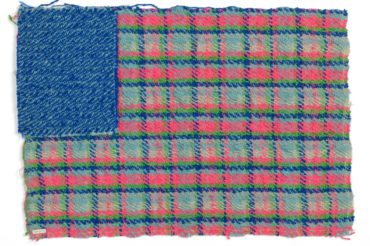
Accomplished weaver Dorothy Wright Liebes (American, 1897–1972) is often credited as a vital part of the California Modernist movement, and was once one of the most well-known designers in the United States. Liebes was a sharp businesswoman who believed mass-produced textiles could reach wider audiences while retaining a handwoven appearance.
Elaine Lustig Cohen
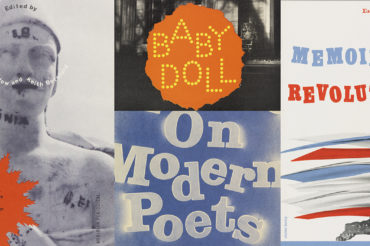
After the death of her husband Alvin Lustig, Elaine Lustig Cohen (American, 1927–2016) took the reins of his graphic design business. Retaining his clients, she quickly learned how to run the business and became a successful graphic designer herself. Cohen fulfilled numerous commissions before opening the bookstore and gallery Ex Libris with her second husband, Arthur Cohen.
Eva Zeisel
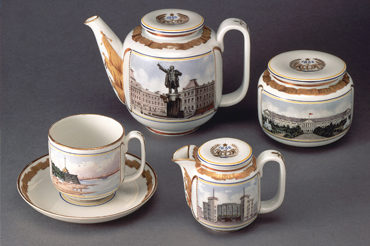
Originally a student of art and traditional ceramics in her native Europe, Eva Zeisel (Hungarian, 1906–2011) enjoyed international success as an industrial designer. Surviving imprisonment in Russia, escaping the Anschluss in Austria, and immigrating to the United States in 1938, she went on to receive numerous accolades throughout her long, groundbreaking career.
Ilonka Karasz
![Cover of The New Yorker featuring a drawing of a crowded trolley passing down a people-filled street lined with giant flags. Title text at the top of the image reads [The New Yorker] with smaller text on either side reading [Sept 2. 1939.] and [Price 15 cents].](https://www.cooperhewitt.org/wp-content/uploads/2022/03/Ilonka-Karasz-Women-in-Design-Block-V2-370x246.jpg)
Ilonka Karasz (Hungarian, 1896–1981) studied art at the Royal Academy of Arts and Crafts in Budapest, where she was one of the first women to be admitted. After immigrating to the United States in 1913, she became an active member of the New York design scene. Working in a variety of mediums, Karasz is well known for her wall coverings and illustrations.
Lanette Scheeline
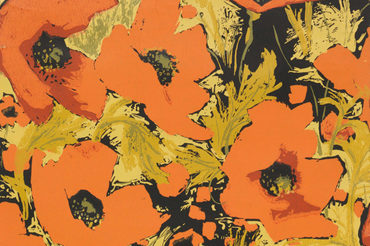
Lanette Scheeline (American, 1910–2001) graduated from the College of Fine Arts at the University of California at Berkeley in 1932. After teaching for a year, she worked for a textile silkscreen factory in San Francisco before establishing her own studio. Scheeline was later noted for her work for the avant-garde wallpaper firm Katzenbach and Warren.
Margarethe Fröhlich
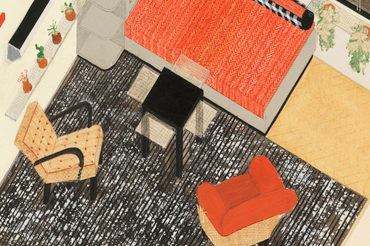
Trained in Germany, Margarethe Fröhlich (Austrian, 1901–1977) worked as an interior designer and model maker in Prague, Czech Republic, until she was displaced by the Nazi regime. Settling in New York City, Fröhlich produced models for designers such as Raymond Loewy before moving on to design education at Columbia University’s Teacher’s College and the Waldorf School.
Rebeca Méndez
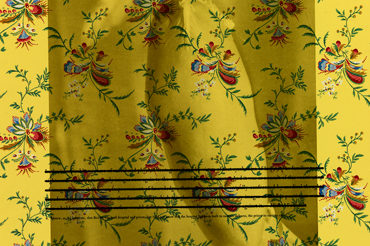
In 1996, Rebeca Méndez (Mexican-American, born 1962) opened her eponymous studio, specializing in film and video installations for cultural programs and institutions, collaborations with architects on interior commissions, photography, book design, and public art. Her practice embodies experimentation, collaboration, and creative integrity.
Sheila Hicks
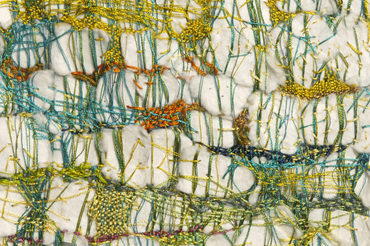
Sheila Hicks (American, born 1934) is one of the most important contemporary textile artists of the 20th and 21st century. After receiving an MFA degree from the Yale School of Art under the tutelage of Josef Albers, Hicks was awarded a Fulbright scholarship to paint in Chile, where she learned to weave from local weavers, beginning her investigation into fiber as an artistic medium that continues today.
Sonia Delaunay
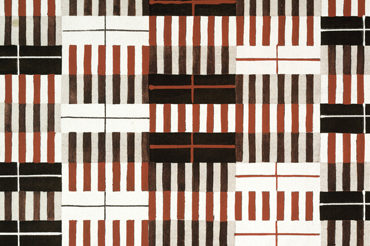
Active primarily in Paris, France, Sonia Delaunay (Ukrainian, 1885–1979) was a modern artist and designer who merged art and everyday life. Her work encompassed a variety of mediums, including textiles. Along with her husband Robert Delaunay, she developed a theory for the vibration of contrasting colors when they are placed side by side.
Suzie Zuzek
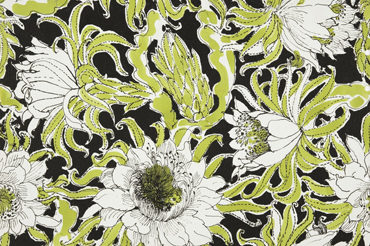
Prolific textile designer Suzie Zuzek (American, 1920–2011) created thousands of eye-catching prints for fashion designer Lilly Pulitzer. The unexpected combination of classic sportswear styling with playful, eclectic patterns defined a uniquely American style. Zuzek’s boundless imagination fueled Pulitzer’s runaway success.
Trude Guermonprez
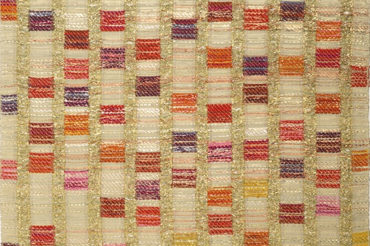
A student of European craft, Trude Guermonprez (German, 1910–1979) played an important role in the American fiber arts movement, particularly during her tenure at the California College of Arts and Crafts. An influential educator, Guermonprez’s Bauhaus-influenced textiles greatly contributed to the development of modernism.
Exhibitions Highlighting Women
An Atlas of Es Devlin

An Atlas of Es Devlin is the first monographic museum exhibition dedicated to British artist and stage designer Es Devlin (born 1971), who is renowned for work that transforms audiences.
A Dark, A Light, A Bright: The Designs of Dorothy Liebes
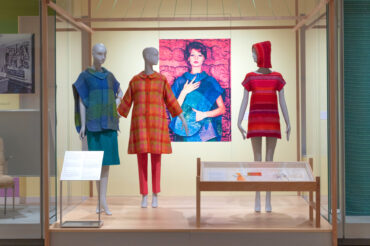
American textile designer, weaver, and color authority Dorothy Liebes (1897–1972) had a profound influence across design fields, helping to shape American tastes in areas from interiors and transportation to industrial design, fashion, and film.
Sarah & Eleanor Hewitt: Designing a Modern Museum
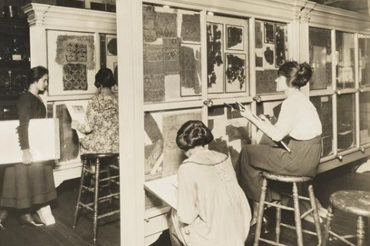
A chronicle of the lives and contributions of the sisters and how they created The Cooper Union Museum for the Arts of Decoration.
Sophia Crownfield: Drawn from Nature
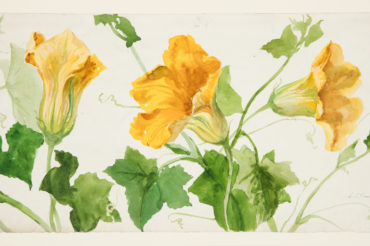
From the 1890s to the 1920s, Sophia Crownfield designed prints for prominent silk and wallpaper firms in the United States.
Suzie Zuzek for Lilly Pulitzer
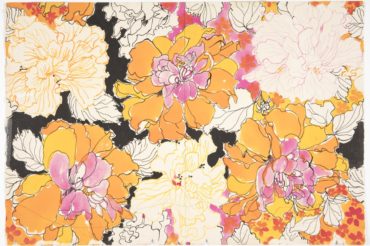
Zuzek was a staff designer for Key West Hand Print Fabrics, where Lilly Pulitzer sourced most of her fabrics between 1962 and 1985.
Contemporary Muslim Fashions
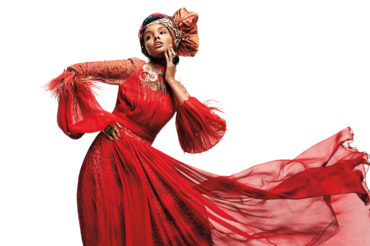
Contemporary Muslim Fashions is the first major museum exhibition to explore the rise of the modest fashion industry.
Rebeca Méndez Selects
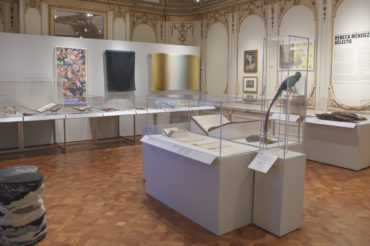
Guest curator Rebeca Méndez considers how culture, design, technology, and the natural world have converged throughout history.
Scraps

Offering creative approaches to textile waste, this exhibition presents the work of three designers thinking through sustainability.
